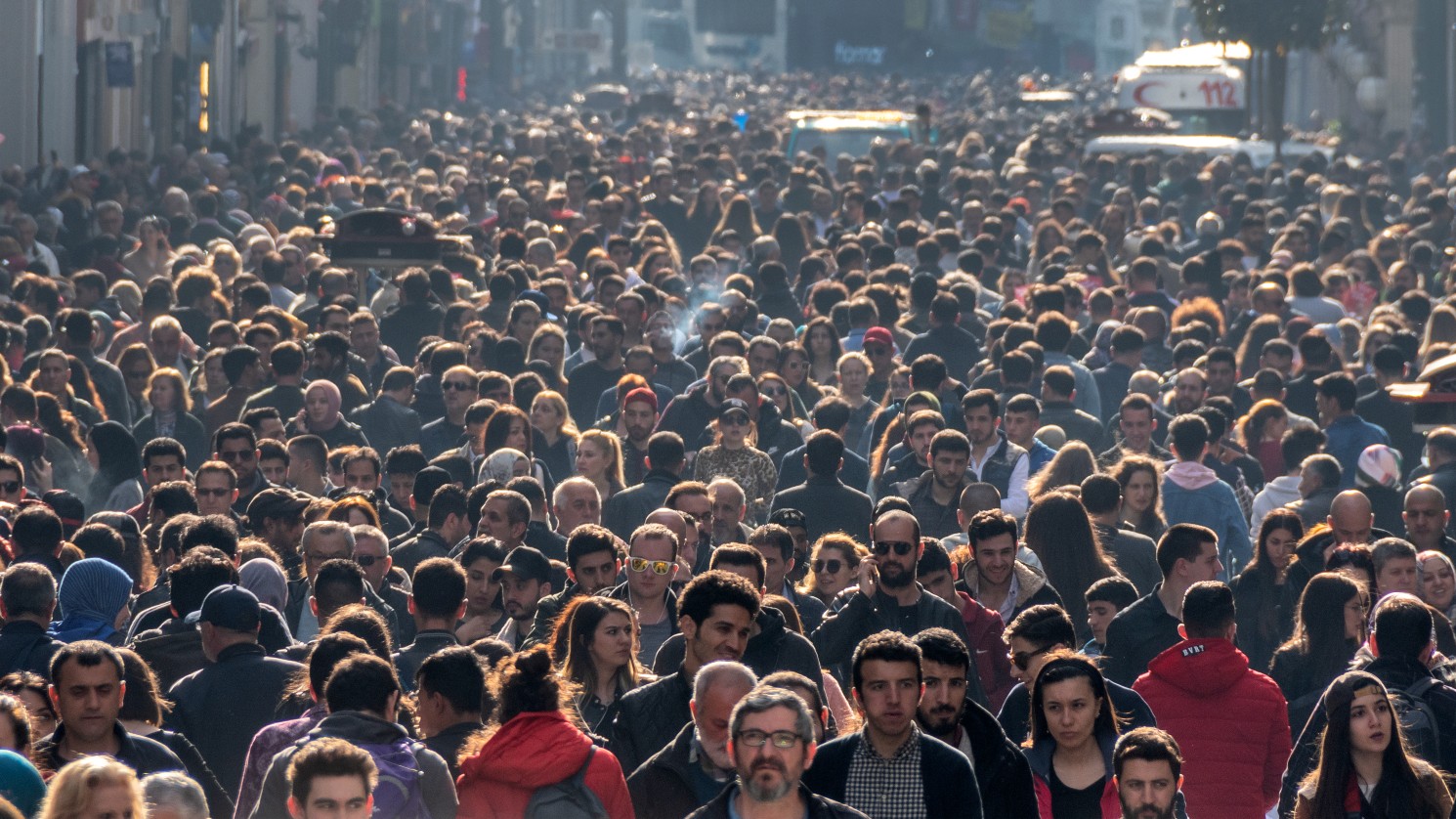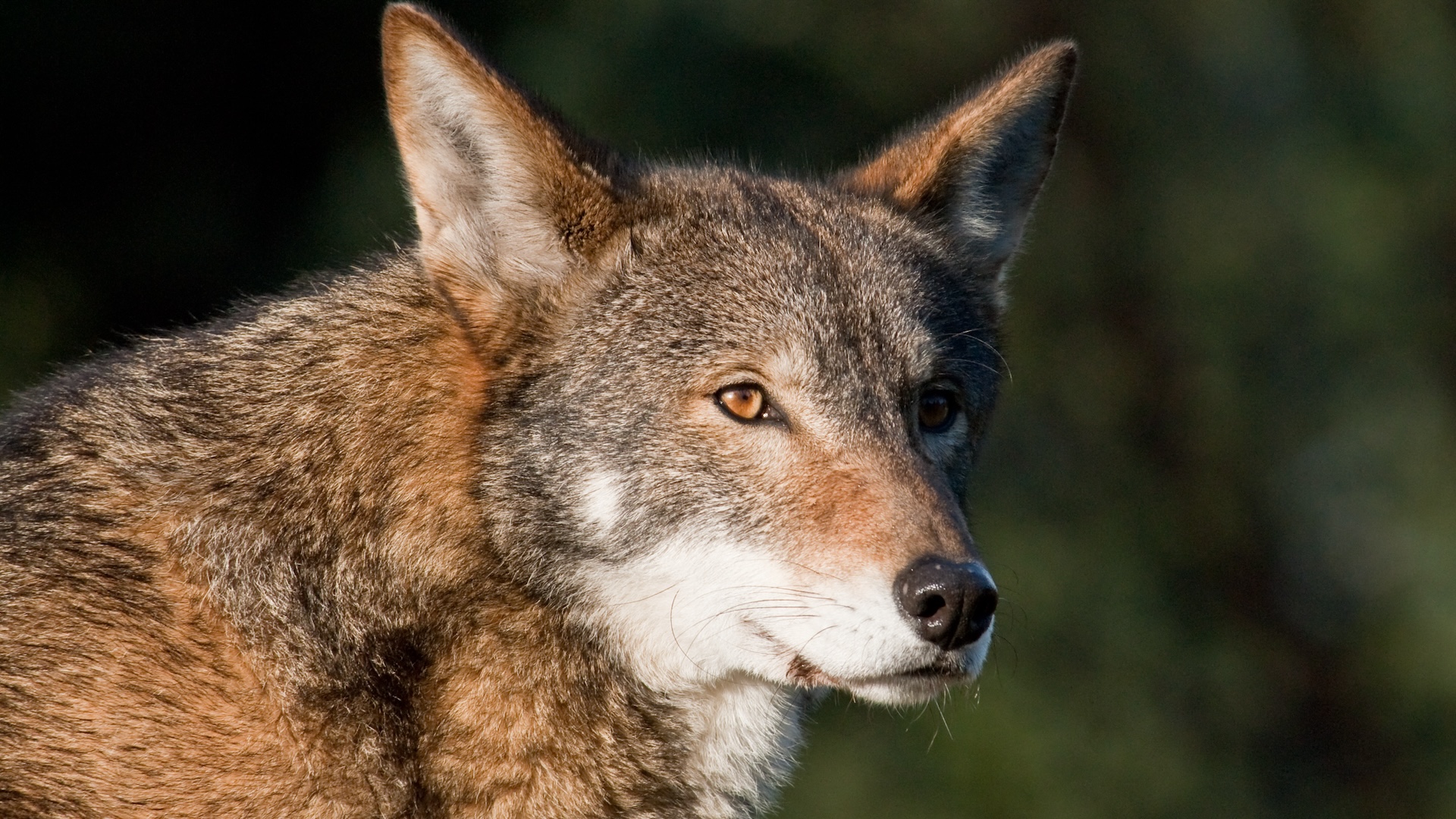How many people can Earth support?
Humans' actions can have a major impact.

There are nearly 8 billion people living on Earth today, but our planet wasn't always so crowded.
Around 300,000 years ago, when Homo sapiens likely first appeared, our total population was small, between 100 and 10,000 people. There were so few people at the start, that it took approximately 35,000 years for the human population to double in size, according to Joel E. Cohen, head of the Laboratory of Populations at the Rockefeller University and Columbia University in New York City. After the invention of agriculture between 15,000 and 10,000 years ago, when there were between 1 million and 10 million individuals on Earth, it took 1,500 years for the human population to double. By the 16th century, the time needed for the population to double dropped to 300 years. And by the turn of the 19th century, it took a mere 130 years.
From 1930 to 1974, the Earth's population doubled again, in just 44 years. But is the human population expected to continue growing at this rate? And is there an upper limit to how many humans our planet can support?
Related: What would happen to Earth if humans went extinct?
In 1679, Antoni van Leeuwenhoek, a scientist and inventor of the microscope, predicted that Earth could support 13.4 billion people, according to Cohen. He calculated that Holland occupied 1 part in 13,400 of Earth’s habitable land, and so multiplied Holland’s population of 1 million people by 13,400. Over 40 years of research Cohen has collected 65 estimates, ranging from 1 billion to over 1 trillion people. "The scatter in estimates of how many people the Earth can support increases over time," meaning that there is little consensus in how many Homo sapiens our planet can support, Cohen told Live Science.
Engineers initially used the term "carrying capacity" to describe how much cargo a ship could hold. In the 19th century, wildlife managers then used the term in herd management, before scientists later applied the concept to ecology to describe the maximum population of a species that a given habitat could support. Within a habitat, a population will remain stable if birth and death rates are equal, Cohen said. But environmental changes, such as pollution or disease, can increase or decrease a habitat's carrying capacity. As Cohen explained, when it comes to the human population, "carrying capacity depends on both natural constraints and human choices." For instance, natural constraints include food scarcity and inhospitable environments. Human choices include interactions between economics, and culture, such as how we produce and consume goods, as well as birth rates, average lifespans and migrations.
"The future of the world population is driven by a mixture of survival and reproduction," Patrick Gerland at the United Nations (UN) Population Division in New York City, told Live Science. "If you have a ratio of two children per couple, then you can keep going to a more or less stable size of the population. Once you get to a number smaller than two, from one generation to the next, your population will shrink, or decline. If you are above that and the majority of people survive, then your population will grow."
Sign up for the Live Science daily newsletter now
Get the world’s most fascinating discoveries delivered straight to your inbox.
Many low-income countries around the world have high birth rates and large family sizes, but also a high rate of infant mortality and shorter lifespans. But, Gerland said, "More and more countries, once they reach a certain stage of socioeconomic cultural development, tend to converge towards about two children [per couple] or fewer." This means that while access to health care increases lifespans, suggesting population growth, this tends to occur in countries with a falling birth rate.
Global population growth peaked in the 1960s and has slowed since then. In 1950, the average birth rate was 5.05 children per woman, according to the UN Population Division. In 2020, it had fallen to 2.44 children per woman.
As Gerland explained, "Right now the scientific consensus is that the population of the world will reach a peak some time later this century. The world population is projected to reach 10.4 billion people sometime in the 2080s and remain there until 2100, according to the United Nations Population Division. But Gerland stressed the further that demographers look into the future, the more speculative and uncertain their predictions become.
The number of people Earth can support is not a fixed figure. The way humans produce and consume natural resources affects how our environment will be able to sustain future populations. As Gerland said, "When it comes to carrying capacity, it's a matter of mode of production, mode of consumption, who has access to what and how."
One study published in the journal the Proceedings of the National Academy of Sciences found that if the population of the United States switched to a vegetarian diet, the land used to grow crops for humans rather than animal feed for meat production would feed an additional 350 million Americans. High-income countries, where females have increased access to education and family planning, tend to have lower birth rates and smaller family sizes than middle- and low-income countries, according to Max Roser, director of the Oxford Martin Programme on Global Development in the U.K., writing in Our World in Data.
Put another way, there may be an upper limit on how many humans Earth could support, but we don’t know exactly what that figure is. It varies based on how we produce, consume and manage our resources. For Cohen, if we want to affect how many people planet Earth can support, we will need to decide "how many people want Jaguars with four wheels and how many want jaguars with four legs."
Originally published on Live Science on October 11, 2011 and rewritten on July 11, 2022.

Martin McGuigan is an Irish writer based in Norwich, England. His work has appeared in The Mays XIX, Cabinet of the Heed and SHE magazine. His writing explores the bizarre questions of everyday life, the mysteries of human psychology, and environmental issues. He studied English literature at the University of Cambridge and creative writing at the University of East Anglia.

